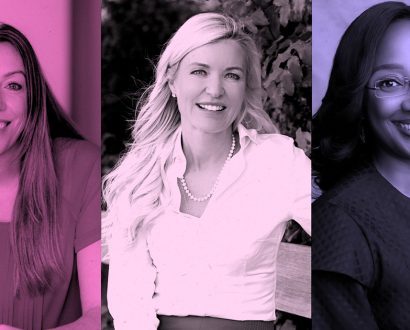While Australia prides itself on being a multicultural country, this isn’t reflected when it comes to top management positions.
The Australian Human Rights Commission’s (AHRC) Leading for Change: A Blueprint for Cultural Diversity and Inclusive Leadership Revisited (2018) found that 95% of senior leaders in Australia have either an Anglo-Celtic or European background, compared to 4.7% who have a non-European background and 0.4% who have an Indigenous background.
The study – which looked at the top two tiers of management in ASX200 companies, Commonwealth and State Governments, and universities – further noted that 97% of CEOs in Australian organisations have an Anglo-Celtic or European background. “This is a dismal statistic for a society that prides itself on its multiculturalism,” the report noted.
97% of CEOs in Australian organisations have an Anglo-Celtic or European background.
The AHRC further emphasised that Australia’s prosperity relies on international trade, the mobility of people and capital inflow – and that six of Australia’s top 10 two-way trading partners are outside of North America and Europe. Thus, the need for cultural diversity in senior leadership in Australia is crucial “to navigate technological, social, economic and geopolitical changes”.
Greater cultural diversity attracts talent, improves performance and improves decision making. McKinsey & Company’s ‘Delivering through diversity’ study, which looked at data from more than 1,000 companies in 12 countries, found that companies with the most ethnically diverse executive teams “are 33% more likely to outperform their peers on profitability”.
For there to be an improvement in the representation of cultural diversity in Australia, the AHRC report says action has to be taken at three levels: in leadership, systems and culture.
Taking action through leadership
It takes a strong commitment from senior leaders to advocate for cultural diversity.
- As a senior leader, take the opportunity to speak about cultural diversity.
- Show authentic and humble leadership when advocating for greater cultural diversity.
- Share your experiences, particularly if you are a senior leader from a non-Anglo or non-European background.
- Empower and support leaders from diverse backgrounds to be role models.
- Be prepared to respond to deflections and backlash to cultural diversity.
Taking action through systems
Focus on developing better systems to deal with cultural diversity. This includes through data and accountability.
- Collect meaningful data on cultural diversity and combine it with deeper conversations about cultural differences.
- If you are serious about cultural diversity, prioritise it and put resources towards it.
- Ensure any cultural diversity related targets are realistic and are supported by other policies that encourage diverse talent development.
Taking action through culture
This involves addressing underlying bias and discrimination, and supporting professional development.
- Go beyond raising awareness and celebrating cultural diversity.
- Promote positive contact between different cultural backgrounds to minimise bias and discrimination.
- Encourage workers to have greater empathy towards those from other backgrounds.
- Provide support from the top down and the bottom up.
- Provide better mentoring and sponsorship opportunities to culturally diverse employees.
- Identify more diverse staff with leadership potential.
- Use networks to support diversity and inclusion.
- Empower diverse staff.
The report notes that professional development doesn’t mean changing people from culturally diverse backgrounds into a form that is more “acceptable to a majority or a dominant group”. Instead, it is about equipping them with the skills required to ensure their key abilities can be recognised.
In an article by The New York Times, Australia’s race discrimination commissioner and lead author of the AHRC report Dr Tim Soutphommasane highlighted that “time alone isn’t going to lead to significant change”.
He said more progress can be made through having deeper conversations and connections.
“The default for many Australians is still colour blindness,” he said. “An insistence that we don’t see ethnic or racial difference and moreover we should not point out ethnic or racial difference — and that stifles examination and prevents Australians from taking more muscular action on multiculturalism.”
While there is still a way to go to get more cultural diversity in senior leadership, it is important for current leaders not to disregard it based on the belief that it is too difficult.
Think of how much there is to be gained from cultural diversity.
Find out how you can empower Indigenous workers in your organisation.







